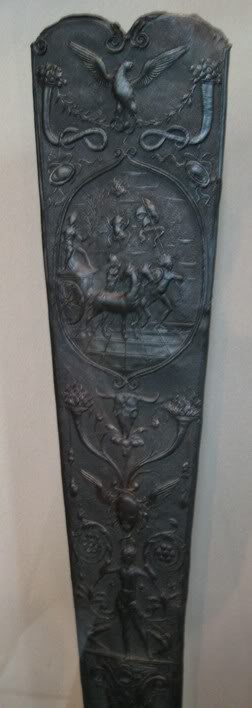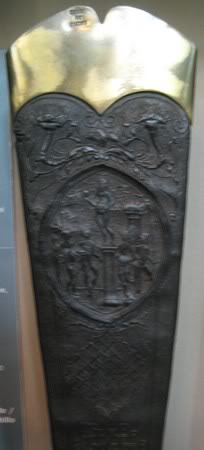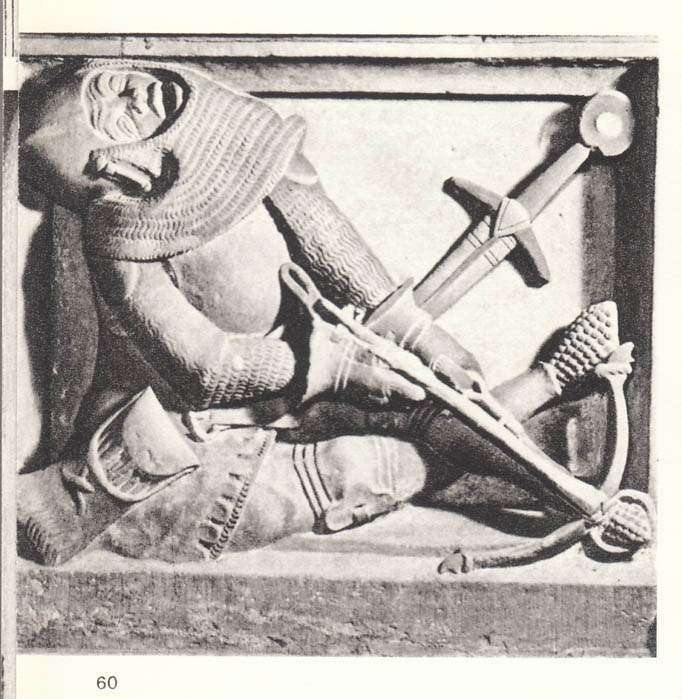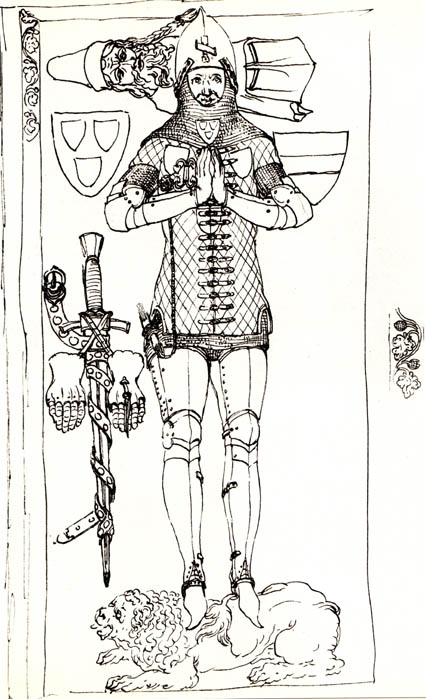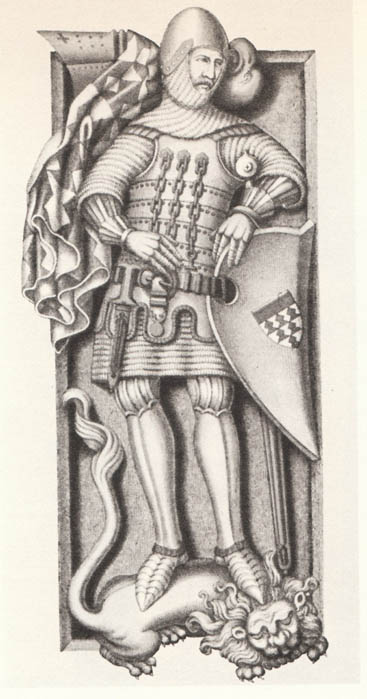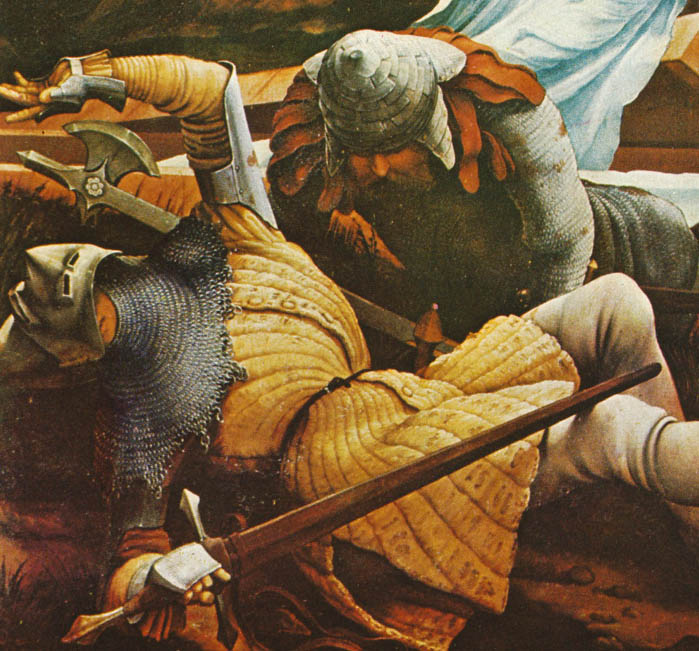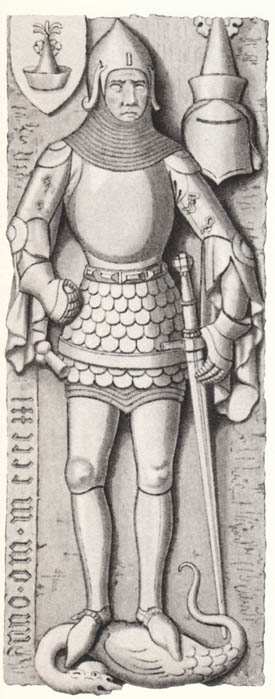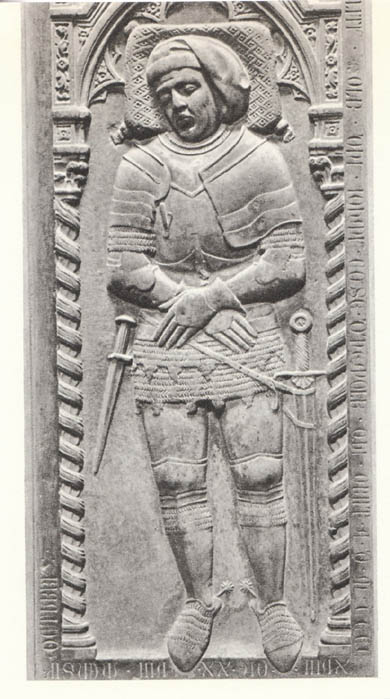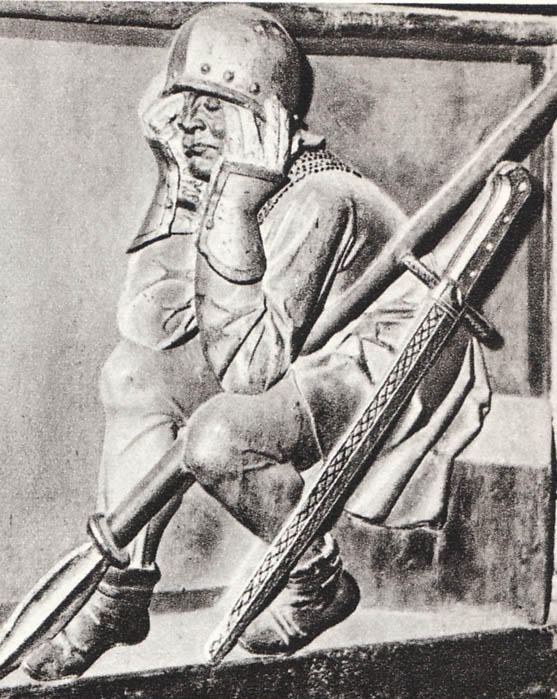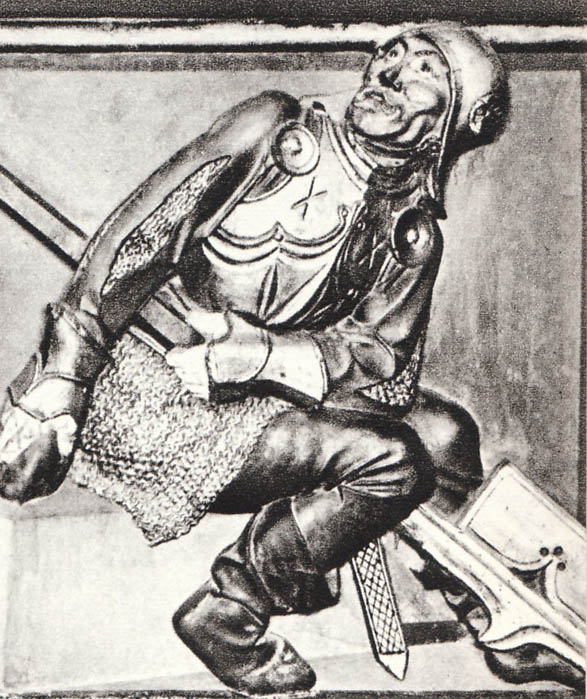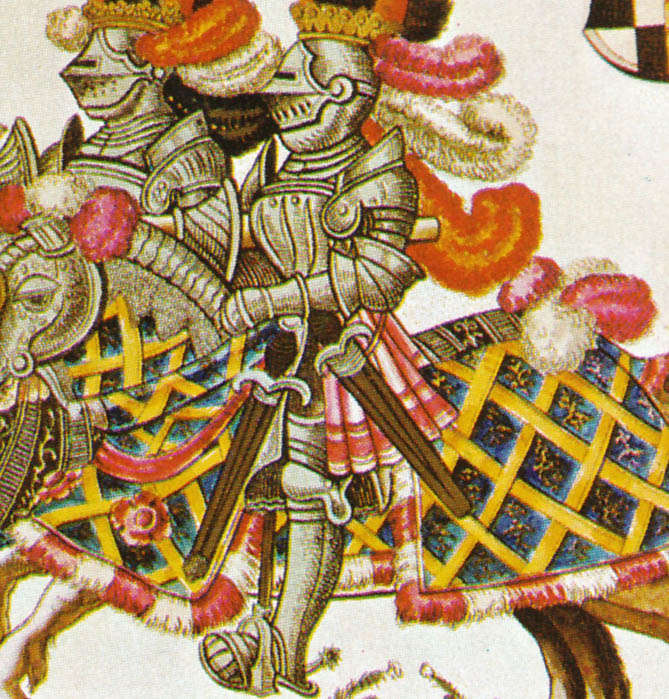Posts: 669 Location: Dinuba, CA
Sat 13 Oct, 2012 11:51 am
Hey Jeremy,
Medieval parchment was very durable stuff. In its basic form it was essentially rawhide from sheep, shaved very thin for use as manuscripts or other less typical applications, such as covering scabbards. The survival of so many tens of thousands of manuscripts from so far north in Europe, such as in England, is a testament to its natural strength as a material. It's
far more durable than paper.
During the High Middle Ages, pigments were almost always derived from natural materials that could be crushed or squeezed to produce colors that were generally earthy, but often very rich and bright. Most manuscripts we see reproduced in photos or even have opportunities to glimpse in museums will be dulled out compared to their original coloration and texture - over the years pigments and binders have faded to dust, effectively removing us (generally) from experiencing Medieval paints, inks and dyes in their original glory. Here's a nifty page that summarizes some of the basic concepts, including the use of binders. For the purposes of scabbard making and binding to parchment or leather, I imagine that very thinned out hide glue with a mix of egg would not be an unreasonable mixture to add pigments to to create paint. I know that that was apparently a popular mixture for
shield painting, where rawhide was commonly used as a facing.
http://www.ehow.com/about_5375590_materials-medieval-art.html
I have evidence at hand for only one scabbard decorated with enamel. Below is a ceremonial sword attributed to Frederick II, c. 1220. A description in
Swords and Hilt Weapons by Anthony North, written on page 35, says "The hilt and scabbard mounts are of gold, decorated with pearls and enamel."
[ Linked Image ]
Enamel was also popular with other forms of art, reinforcing the possibility of its use on less fancy scabbards than those of Emperors'. Bronze or gilt/silvered items of high quality could be enameled with terrific results. I think that Leo from Tod's Stuff actually just finished reproducing a beautiful enameled candlestick from around 1200. It seems that enamel, as a substitute for paint, was sometimes used to decorate stone sculptures - tomb effigies come to mind as a prime example.
Cheers!
-Gregory



